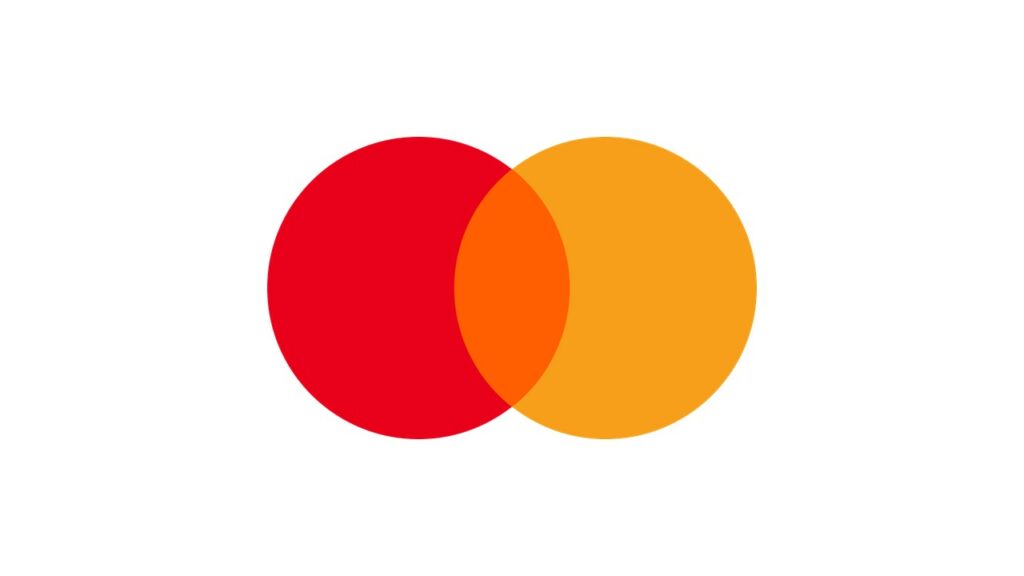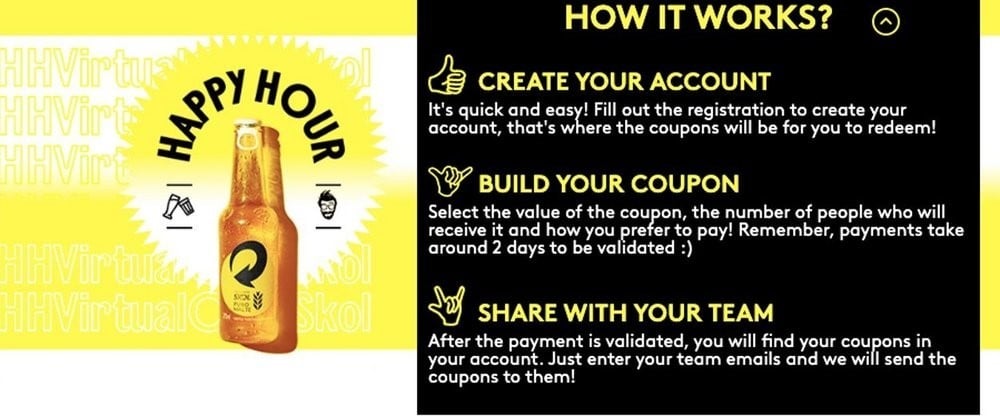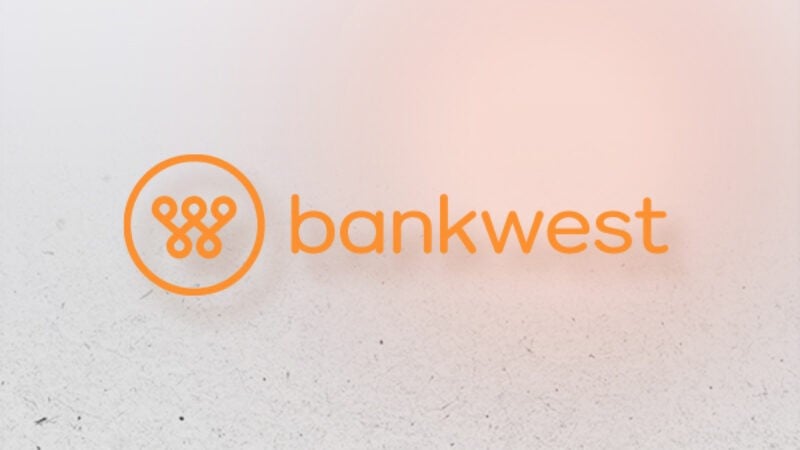Brand Religions: the 3 beliefs of the Penetration Religion
“Sales growth won’t come from relentlessly targeting a particular segment of a brand’s buyers; this fantasy is harming marketing effectiveness.”
Byron Sharp, author of ‘How Brands Grow’
Byron Sharp shook up the marketing world in 2011 by challenging many long-standing marketing rules (see the Kotlerian ‘Classic Religion’) in his book ‘How Brands Grow’. His rather controversial thinking challenges brand loyalty, writes off Kotler’s STP model (Segmentation, Targeting, Positioning), and questions the true value of consumer relationship building. The work of Sharp – but also of Ehrenberg, Romaniuk, Riebe and Stern, among others – laid the foundation of what we would like to call the ‘Penetration Religion’ (one of our five Brand Religions), a school of thought focusing on market penetration through the acquisition of customers, based on mental and physical availability.

#1 Grow, grow, grow your base
According to the ‘Penetration Religion’, the most dominant way to grow your brand (i.e. increase sales) is to increase the number of people buying your product. This is in contrast with the ‘Classic Religion’, which states that this is just one strategy; sales can also come from increasing the buying frequency among current customers. Yet, Byron Sharp contests this by saying customers will never buy more than they need – and if they buy more in a certain period (e.g. due to a promotion), they will buy less the period after. So essentially, in the ‘Penetration Religion’, growth dominantly comes from growing the number of customers (i.e. acquisition), not the amount of goods per customer (i.e. retention).
Another reason to focus on acquisition as dominant growth strategy is the conviction that retention is an illusion. As marketers, we are all familiar with the saying “it costs much less to retain a current customer than to acquire a new one“. Yet, according to Byron Sharp, this is a classic myth that has never been proven with hard data. Even the most iconic cult brands like Harley Davidson (33%) and Apple (55%) have a far lower loyalty rate than one might expect. This is referred to as the notion of a ‘leaking bucket’, where one could compare a brand’s customer base to a perforated bucket; the bucket leaks, continuously losing customers. Therefore, brands must make ongoing efforts to keep (re)filling the bucket.
#2 Market your target, don’t target your market
While the ‘Classic Religion’ stipulates that brands need to segment a market and focus efforts on (heavier) buyers that have a greater interest, contributors of the ‘Penetration Religion’ argue that buyers of a category are not that different, and that a uniform mass marketing strategy is the most effective approach for acquisition. Moreover, according to the ‘Penetration Religion’, segmentation is not only useless, it can even be dangerous.
Take for example BIC, the pen manufacturer, that introduced a line of pink and lavender pens exclusively for women called ‘Bic For Her’, marketing the pen to women because it was “designed to fit a woman’s hand”. Needless to say this got them a lot of negative press, with Ellen DeGeneres making a fake commercial, stating “Can you believe this? We’ve been using men pens all these years! The worst part is, they don’t come with any instructions. So how do they expect us to learn how to write with them?”
Byron Sharp points out that a brand’s customer base follows a skewed distribution, the minority of customers being the heavy buyers while the big bulk consists of light buyers. Therefore, the ‘Penetration Religion’ emphasizes the importance of mass marketing, including those light buyers (that are often neglected in more classic thinking). Light buyers are important to target, and this strategy is also considered as a more lucrative one, because in targeting light buyers, brands are automatically also targeting their heaviest buyers.
#3 Be available everywhere, for everyone
As illustrated in the first belief, consumers are not strictly loyal. At most, they can be considered as behavioral loyal, buying a brand according to availability (physical and mental). Establishing physical availability is rather straightforward: being as easy as possible to buy, for as many consumers as possible, across as many physical buying situations as possible. Creating mental availability is more challenging, and revolves around creating memory structures that help people make easy and fast decisions. Brand efforts should thus focus on creating and strengthening mental shortcuts linked to the brand.
Here is where distinctive assets come in: a set of cues owned by a brand (e.g. all visual, aural and verbal cues) that trigger the brand into one’s memory when being seen, smelled or heard. Look for example at the logo below which (almost) all of us recognize even without addition of the brand name.

With more than 80% of people spontaneously recognizing the Mastercard symbol without mention of the word ‘Mastercard,’ the brand even decided to drop its name altogether in their 2019 rebranding.
Another factor to consider when building and strengthening mental availability is the notion of Category Entry Points (CEPs). CEPs are situations, contexts, reasons or occasions in which or for which consumers consider buying a certain product or service. To go back to our Mastercard example, think about their famous tagline “There are some things money can’t buy, for everything else there’s MasterCard“, accompanied with a clear Mastercard use occasion in their campaigns.
The current pandemic, however, has challenged many brands to rethink their CEPs. Think for example about the regular use occasions for alcoholic beverages (e.g. bar or restaurant visit, sports game, party, clubbing…) all being restricted due to lockdown measures. Brazilian beer brand Skol came up with a creative solution by bringing the common practice of after-work drinks to remote workers’ homes. Employers can purchase coupons via Skol’s Virtual Happy Hour platform that are sent to their employees, that can then order their beverage of choice from the e-commerce service Zé Delivery. Skol hereby functions as the enabler of the after-work social occasion, as setting up the digital gathering is still the employer’s responsibility.

This focus on both physical and mental availability is also key when measuring brand performance, when we ask consumers to go on a ‘shopping mission’ to understand a brand’s true physical availability – not just retail penetration – or use implicit measurement to map a brand’s portfolio of distinctive assets. We set up an online study in over 15 countries for Dutch coffee brand Jacobs Douwe Egberts (JDE), to help them understand the distinctiveness level of its brand assets. Curious how we approached their research needs? Read all about it here.





